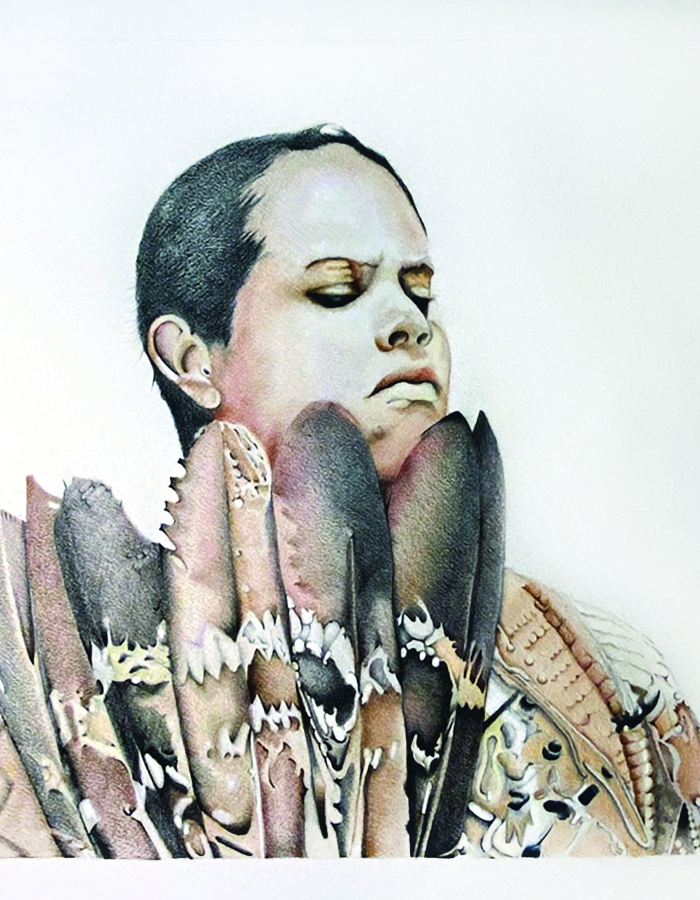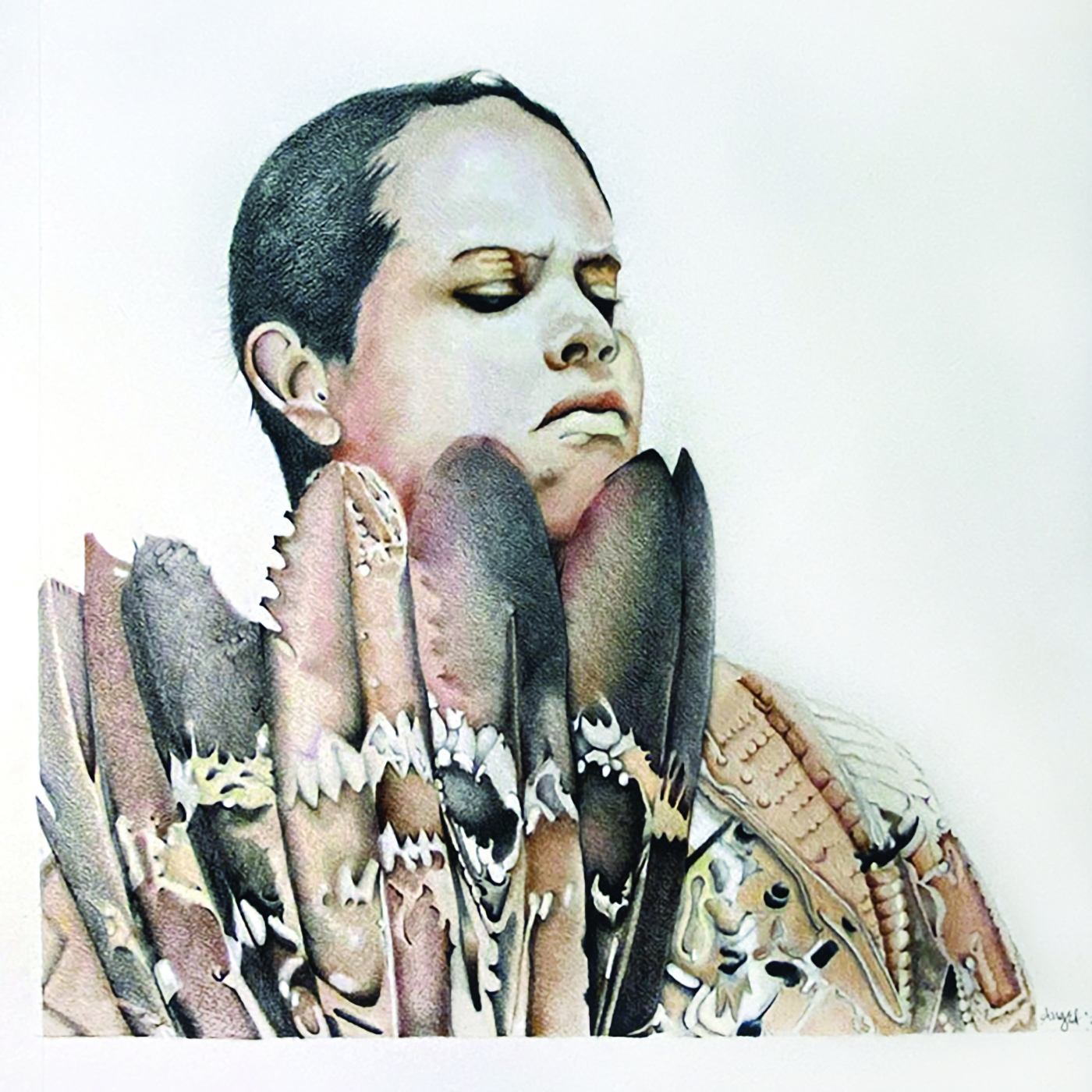

Mystic Museum of Art Presents Gifts of the Ocean (Kutah Makooôkanash)
The special exhibition Gifts of the Ocean (Kutah Makooôkanash) represents a year-long collaboration between the Mashantucket Pequot Museum and Research Center (MPMRC) and the Mystic Museum of Art (MMoA). The exhibition illuminates the experience of the Pequot people on whose ancestral homeland MMoA was built. Gifts of the Ocean (Kutah Makooôkanash) presents the historical wealth of Pequot culture, its near erasure by colonial conquest, and its vibrant contemporary expression.
Numerically the greatest and probably the most consequential population movement in modern history was the transatlantic migration from Europe to the Western Hemisphere. It is estimated that more than 60 million Europeans emigrated to the Americas from the beginning of the colonial period, approximately 1500 to 1940. Migrants to North America came primarily from England, Scotland, Wales, and Ireland, and from the Rhineland area of Germany and the Netherlands.
This wave of humanity forcibly displaced Indigenous populations intimately bound to their millennial homeland. From time immemorial, the vital interplay between land and water in this region shaped the identity, lore, and livelihood of its first people. By means of the traditional art form of wampum as well as other works of art, the exhibition will tell the Mashantucket Pequot stories of home, forced migration, endurance, and revitalization.
The Mashantucket Pequot, recognized today by the federal government, are Native American people of southern Connecticut. Beginning in the early 17th century, the Pequot Tribe faced encroachment by English colonists on their land and trade routes. Increasing conflict broke down former Native alliances, and the Narragansett and Mohegan tribes were persuaded to align with the English.
The ensuing Pequot War was an armed conflict that took place in 1636 and ended in 1638 between the Pequot Tribe and an alliance of colonists from the Massachusetts Bay, Plymouth, and Saybrook colonies with the Narragansett and Mohegan tribes. It is considered one of the most brutal and significant events in early colonial and Native American history, demonstrating English willingness to use extreme violence. Following the bloody Mystic Massacre, approximately seven-hundred Pequots had been killed and the remainder taken into captivity.
The Treaty of Hartford of 1638 attempted to eradicate Pequot cultural identity by prohibiting the Pequot people from returning to their lands, speaking their language, or referring to themselves as Pequots.
Of the few remaining Pequot survivors, some were given to the sachem of the Mohegan, some to the sachem of the Narragansett. Other Pequots were some of the first enslaved on this land, others were shipped to Bermuda and the West Indies, or sent as indentured servants to English households in Connecticut and Massachusetts Bay. The colonists gained control of the profitable trade in fur and wampum, and appropriated land for English settlement. They attributed their victory to an act of God, giving them Pequot land “for an inheritance.”
The fertility of Pequot land and waterways, so coveted by English and Dutch colonists, shaped the very core of the tribe’s culture and traditions. The fertile abundance of the coastline, and the travel and communication facilitated by the rivers of southern Connecticut provided not only a livelihood, but an understanding of creation and the processes of life itself. These values and understanding are richly expressed in the art form of wampum.
Wampum is a type of bead made from quahog clam and whelk shells. Indigenous peoples living along the northeastern coastline collected the shells, produced the beads, threaded them on string and wove them into bracelets, necklaces, collars, sashes, and belts. Wampum was traded inland for furs, corn, beans, and squash. The beads were also used as currency in Dutch and British colonies until the 1660s.
More precious than money, wampum also figured largely in ceremony and diplomacy. Wampum belts served as physical representations of political agreements, including covenants made between indigenous peoples and European colonial powers, particularly in the 17th and 18th centuries. Special patterns symbolize events, alliances, or kinship relations between different peoples. Wampum could be used to confirm relationships or ransom captives. Beads and belts also validated treaties and were used to recall oral tradition.
Gifts of the Ocean (Kutah Makooôkanash) employs both traditional and modern storytelling, through wampum and in works by contemporary Pequot artists. The exhibition returns the life and history of the Pequot people to their homeland on the bank of the Mystic River. It asserts the near erasure of the Pequot people, celebrates the vitality of Pequot culture today, and honors its origins on the land and water that is Mystic.
Admission
$10
COMPLIMENTARY ENTRY
MMoA members
Children 12 and under
Military/veteran families (with ID)
Mashantucket Pequot Museum members (with membership card)
Pequot Tribal members (with ID)











